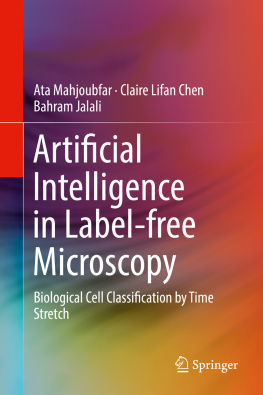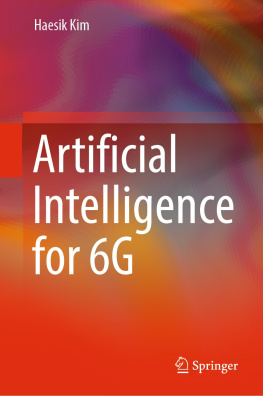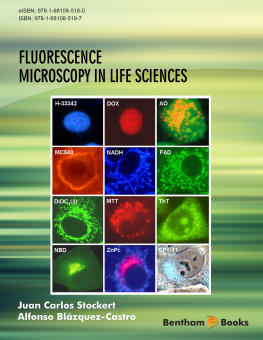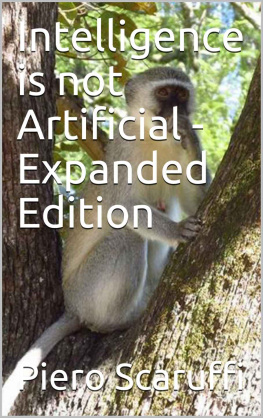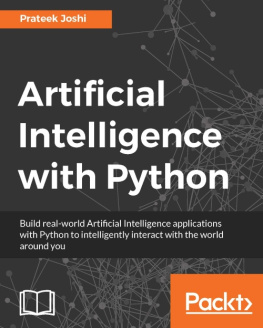1. Introduction
High-throughput measurement instruments are indispensable tools to acquire large volume of data for detection and classification of rare events. Enabled by the photonic time stretch, a new class of instruments with record throughputs have led to the discovery of optical rogue waves, detection of rare cancer cells with record accuracy, and the highest analog-to-digital conversion performance ever achieved.
Here, we work toward introducing time stretch quantitative phase imaging (TS-QPI) [], a high-throughput label-free imaging flow cytometer developed for analyzing large population of cells. Label-free cell analysis is essential to personalized genomics, cancer diagnostics, and drug development as it avoids adverse effects of staining reagents on cellular viability and cell signaling. However, currently available label-free cell assays mostly rely only on a single feature and lack sufficient differentiation. Also, the sample size analyzed by these assays is limited due to their low throughput. However, TS-QPI is able to capture quantitative optical phase and intensity images simultaneously, enabling high-content cell analysis and phenotypic screening.
We further developed a complete machine learning pipeline that performs optical phase measurement, image processing, feature extraction, and classification. Multiple biophysical features such as morphological parameters, optical loss characteristics, and protein concentration are measured on individual cells. These biophysical measurements form a hyperdimensional feature space in which supervised learning is performed for cell classification. The technology is in clinical testing for blood screening, as well as lipid accumulating algal strains for biofuel production. By integrating machine learning with high-throughput quantitative imaging, this system achieves record high accuracy in label-free cellular phenotypic screening and opens up a new path to data-driven diagnosis.
Furthermore, the instruments ultrahigh throughput creates a big data challenge. TS-QPI, as well as many other ultrafast measurement system, produces a large volume of data in a short time in the order of tens of Terabytes per hour. Such a data firehose places a burden on data acquisition, storage, and processing and calls for technologies that compress images in optical domain and in real-time. As a solution, we have demonstrated, for the first time, real-time image compression performed in the optical domain. Called as warped time stretch [], this technique offers variable rate spectral domain sampling, as well as the ability to engineer the time-bandwidth product of the signals envelope to match that of the data acquisition systems. We also show how to design the kernel of the transform and specifically, the nonlinear group delay profile governed by the signal sparsity. Such a kernel leads to smart detection with nonuniform spectral resolution, having direct utility in improvement of data acquisition rate, real-time data compression, and enhancement of ultrafast data capture accuracy.
In Chap., an introductory background on photonic time stretch imaging, dispersive Fourier transform, and label-free cell classification is given.
Chapter extends this capability to laser scanners and enables them to achieve ultrafast volumetric three-dimensional inspection.
In Chap., we demonstrate a high-throughput label-free cellular imaging system using time stretch quantitative phase imaging (TS-QPI). Label-free cell analysis is essential to personalized genomics, cancer diagnostics, and drug development as it avoids adverse effects of staining reagents on cellular viability and cell signaling. However, currently available label-free cell assays mostly rely only on a single feature and lack sufficient differentiation. Also, the sample size analyzed by these assays is limited due to their low throughput. Here, with TS-QPI, quantitative optical phase and loss images of suspended cells are captured simultaneously at flow speeds as high as a few meters per second. This system enables analyzing large population of cells with spatial information, filling the technological gap between flow cytometry and microscopy.
In Chap., a data processing and image analysis pipeline has been developed for time stretch quantitative phase imaging. It performs signal processing, optical phase demodulation, image recognition, and feature extraction on large amount of cell images. Multiple biophysical attributes such as morphological features, optical loss characteristics, and protein concentration are measured on individual cells. The pipeline combining with TS-QPI is in clinical testing for blood screening and has also been applied to classification of high lipid-content algal cell strains for biofuel development.
Chapter outlines and analyzes a data acquisition system for time stretch imaging that enables big data recording at rates of few gigabytes of images per second.
We further expanded the data analytics into a complete machine learning pipeline in Chap. In addition to optical phase measurement, image processing, and feature extraction, the multivariate biophysical features form a hyperdimensional feature space in which supervised learning is performed for cell classification. By integrating artificial intelligence with high-throughput quantitative imaging, we achieve record high accuracy in label-free cellular phenotypic screening and open a new path to data-driven diagnosis.
Furthermore, as a solution to the challenges in storage and analysis created in the big data volume acquired by the ultrahigh throughput instruments, we demonstrated a real-time optical image compression technique. In Chap., the introduced method exploits the sparsity of the image generated with time stretch microscopy, and then reduces the number of samples and the amount of data in the experiments by several times. This data compression performed in the optical domain, also known as warped time stretch or warped stretch transform, functions as a nonuniform sampling technique before analog to digital conversion in time stretch camera, addressing the big data predicament in such systems.
In Chap., we further explore optical data compression technique and show how to design the kernel of the warped stretch transform and specifically, the nonlinear group delay profile governed by the signal sparsity. With the designed kernels, the warped stretch transform offers variable rate spectral domain sampling, as well as the ability to engineer the time-bandwidth product of the signals envelope to match that of the data acquisition systems. Such a kernel leads to smart detection with nonuniform spectral resolution, having direct utility in improvement of data acquisition rate, real-time data compression, and enhancement of ultrafast data capture accuracy.
References
Chen, C. L., Mahjoubfar, A., Tai, L.-C., Blaby, I. K., Huang, A., Niazi, K. R., & Jalali, B. (2016). Deep learning in label-free cell classification. Scientific Reports, 6 , 21471. CrossRef

